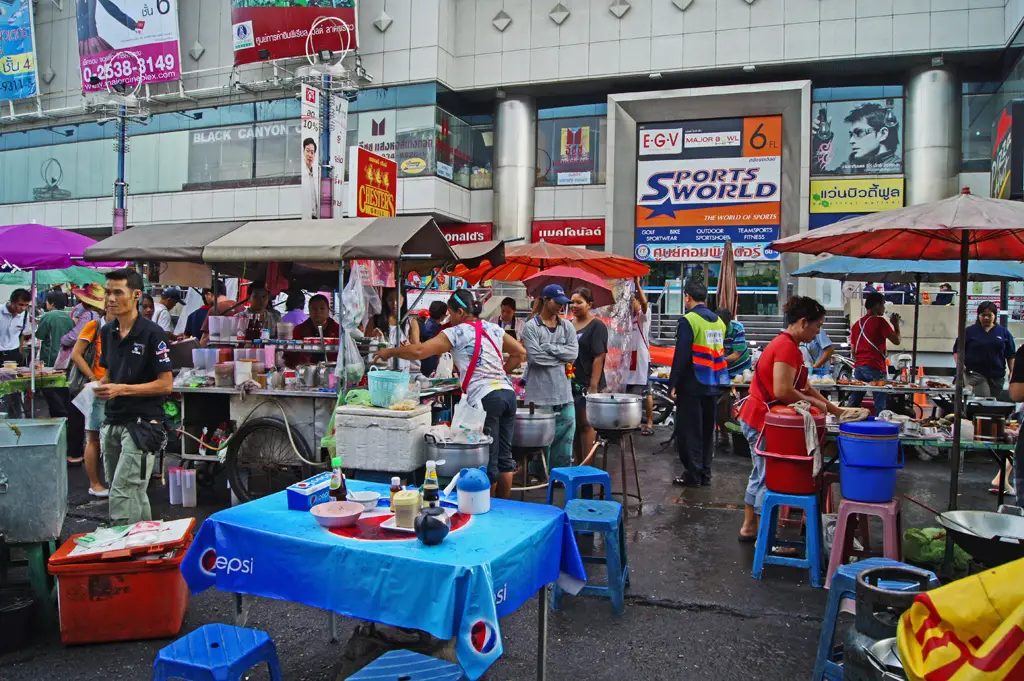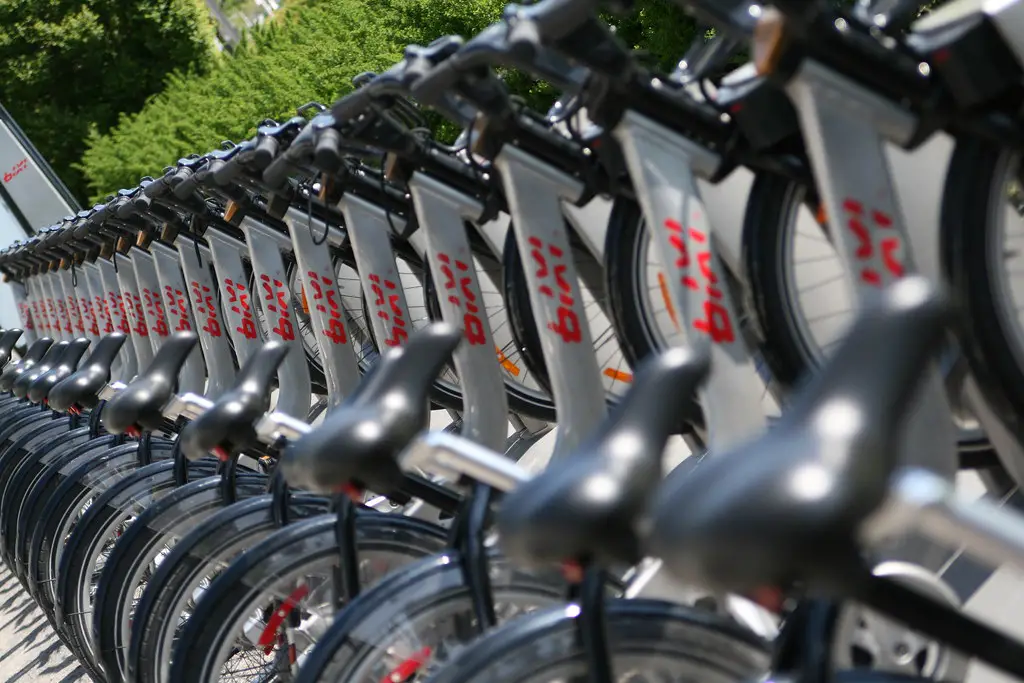With population increases and global urbanisation, the city has become the focus of many built environment professionals. Every day brings a new story of innovative cities introducing design changes aimed at improving sustainability for current and future inhabitants, but one part of our human existence seems to have been sidetracked. What is going to happen to the countryside?
Rural life is associated with closely-knit communities, sense of belonging, and a simple, idyllic life built around agricultural industries. Yet whilst some or all of these elements exist in the countryside, so do conservatism and a lack of employment opportunities. And it is mostly due to the latter that rural communities are suffering. Attracted by the improved economics of urban areas, country-dwellers across the world are moving out, contributing to bustling, densely populated cities, and leaving the countryside in an unknown state.
So how can the countryside ensure its survival among these changes, or should it at all? Due to both the distance between residences and amenities and often sporadic public transport, those living in the countryside are heavier automobile users. Rural-dwellers also use more energy maintaining their mostly-detached buildings. We may be piled up like boxes in the city, but this brings energy efficiency that the countryside cannot match. Rural energy requirements results in higher carbon emissions per capita in the countryside than in the city, so it is actually irresponsible to encourage such a lifestyle choice?
Protecting the countryside is a hot-topic. Those who have made their fortunes in the city often buy second homes in the countryside, visiting infrequently for a sample of a supposedly simple life. The side-effect of this is that house prices are pushed up due to increased demand, leaving them unaffordable for local people. A solution has yet to be found for this challenge, meaning market forces are further forcing residents out of the countryside. For those who believe in rural preservation, this is a disgrace. But is it?
Whilst an idealised view of the countryside is common, the reality is that rural life has continuously evolved. Industrialisation brought an increase in divisions of labour, changing social links between rural people. The internet has introduced once foreign cultures into the countryside. Improved travel connections and affordability has made the world more accessible, creating a ‘global village’. Considering these changes, surely an evolving countryside is inevitable?
With increasing urban populations, one possibility for the countryside is that it will become a city’s lungs. With more people than ever crammed into cities, where will our food be grown? The cotton for our clothes? The trees for our oxygen production? The future role of the countryside could well be the city’s servant.
Perhaps the countryside should also prepare itself for massive population increases in the future. With cities across the world growing rapidly and numerous challenges arising from this, how will the current urban generation respond to the inevitable social changes of mass-urbanisation? Will the longing for a more simple life become stronger, fueling a rural renaissance?
As the world continues to urbanise, the voices calling for rural preservation may well call louder. But change is inevitable. We know that the world is going to see new cities emerging from the dust and current cities growing into megacities, but the future of the countryside is less clear.
Photo: Magda V


